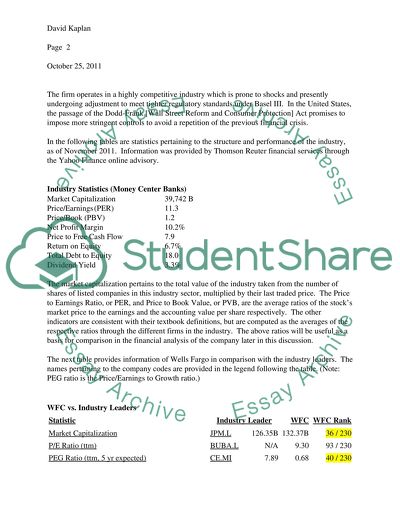Cite this document
(Potentials of the Wells Fargo & Company as an Employer Case Study, n.d.)
Potentials of the Wells Fargo & Company as an Employer Case Study. Retrieved from https://studentshare.org/finance-accounting/1583702-business-report
Potentials of the Wells Fargo & Company as an Employer Case Study. Retrieved from https://studentshare.org/finance-accounting/1583702-business-report
(Potentials of the Wells Fargo & Company As an Employer Case Study)
Potentials of the Wells Fargo & Company As an Employer Case Study. https://studentshare.org/finance-accounting/1583702-business-report.
Potentials of the Wells Fargo & Company As an Employer Case Study. https://studentshare.org/finance-accounting/1583702-business-report.
“Potentials of the Wells Fargo & Company As an Employer Case Study”, n.d. https://studentshare.org/finance-accounting/1583702-business-report.


